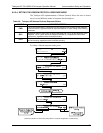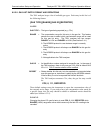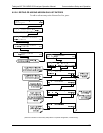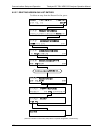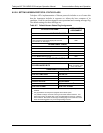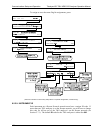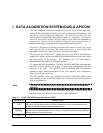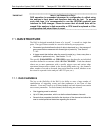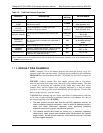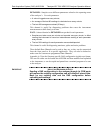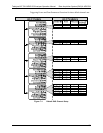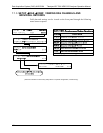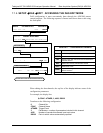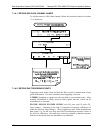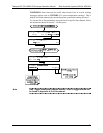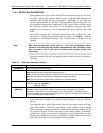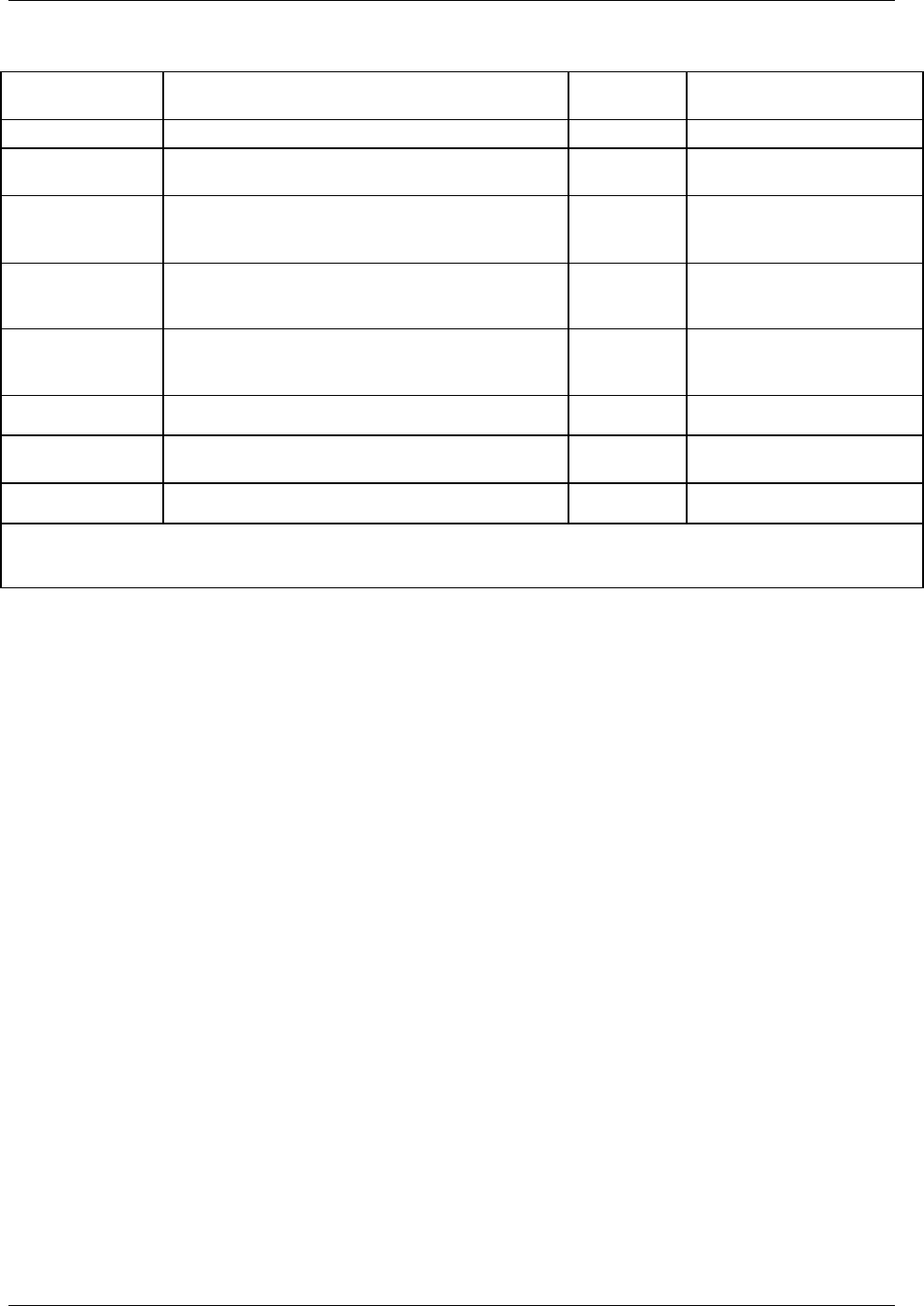
Teledyne API T801 NDIR CO2 Analyzer Operation Manual Data Acquisition System (DAS) & APICOM
131
Table 7-2: DAS Data Channel Properties
PROPERTY DESCRIPTION
DEFAULT
SETTING
SETTING RANGE
NAME
The name of the data channel.
“NONE”
Up to 6 letters or digits
1.
TRIGGERING
EVENT
The event that triggers the data channel to measure
and store the datum
ATIMER
Any available event
(see Appendix A-5).
NUMBER AND
LIST OF
PARAMETERS
A User-configurable list of data types to be
recorded in any given channel.
1
(PMTDET)
Any available parameter
(see Appendix A-5).
REPORT PERIOD
The amount of time between each channel data
point.
000:01:00
(1 hour)
000:00:01 to
366:23:59
(Days:Hours:Minutes)
NUMBER OF
RECORDS
The number of reports that will be stored in the data
file. Once the limit is exceeded, the oldest data is
over-written.
100
1 to 30,000 (max), limited
by available storage
space.
RS-232 REPORT
Enables the analyzer to automatically report
channel values to the RS-232 ports.
OFF
OFF or ON
CHANNEL
ENABLED
Enables or disables the channel. Allows a channel
to be temporarily turned off without deleting it.
ON
OFF or ON
CAL HOLD OFF
Disables sampling of data parameters while
instrument is in calibration mode
2
.
OFF
OFF or ON
1
More with APICOM, but only the first six are displayed on the front panel).
2
When enabled records are not recorded until the DAS HOLDOFF period is passed after calibration mode. DAS HOLDOFF SET in the
VARS menu (see Section 5.8).
7.1.2. DEFAULT DAS CHANNELS
CONC: Samples CO
2
at one-minute intervals and stores an average every five
minutes with a time and date stamp. Readings during calibration and calibration
HOLD OFF are not included in the data. By default, the last 4032 averages are
stored.
PNUMTC: Collects sample flow and sample pressure data at five-minute
intervals and stores an average once a day with a time and date stamp. This data
is useful for monitoring the condition of the pump and critical flow orifice
(sample flow) and the sample filter (clogging indicated by a drop in sample
pressure) over time to predict when maintenance will be required. The last 360
daily averages (about 1 year) are stored.
CALCO2: Data channels log new slopes and offsets of measurements each time
a CO
2
zero or span calibration is performed and the result changes the value of
the slope (triggering event: SLPCHG).
This data channel will store data from the last 200 calibrations and can be
used to document analyzer calibration; it also is useful for detecting trends in
slope and offset (instrument response) when performing predictive
diagnostics as part of a regular maintenance schedule.
This channel collects data based on events (e.g. a calibration operation)
rather than a timed interval and therefore does not represent any specific
length of time. As with all data channels, a date and time stamp is recorded
for every logged data point.
07274B DCN6418



